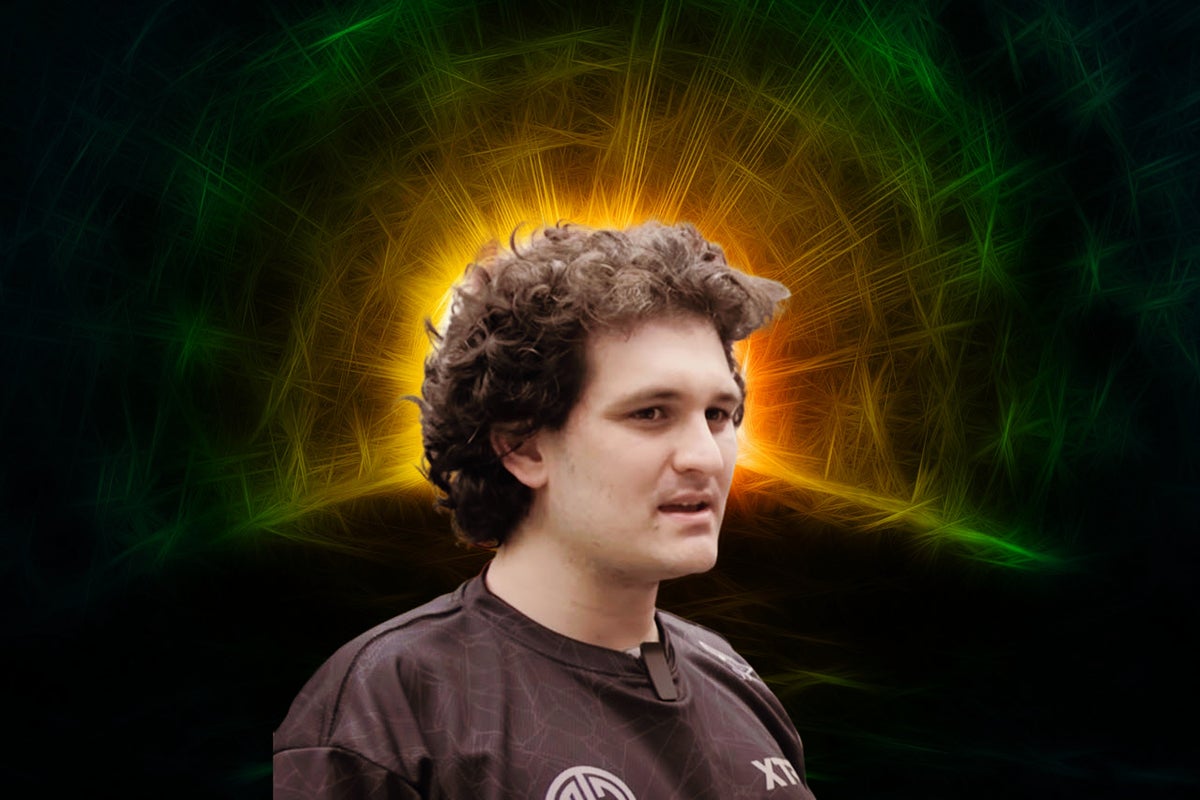[ad_1]
Sam Bankman-Fried seems preoccupied with transparency — or at least the appearance of sincerity.
Perhaps that’s why he followed up his half-hour New York Times DealBook Summit interview on Nov. 30 with a 1.5-hour interview with The Crypto Roundtable Show with Mario Nawfal.
Bankman-Fried agreed to be questioned by a number of co-hosts, exhibiting varying degrees of courtesy, on Nawfal’s popular Twitter Spaces show. He was on time and seemed ready to be candid — at least regarding the things he was willing to discuss.
When Nawfal asked how he was, Bankman-Fried ruefully responded, “Oh, you know, it’s been quite the month.”
Bankman-Fried endured some pretty negative questioning in a way that almost made him sympathetic until you consider the amount of human suffering created by the collapse of FTX FTT/USD.
Despite having allegedly stolen what seemed to be more than $3 billion of customer funds, he would like us to accept that he was a regular guy who was trying his best.
1. Sam was doing these interviews because we deserve this.
SBF: “I feel like y’all deserve to hear from me about what happened. I feel incredibly bad about it. And I feel like that’s the least that I can do.”
These insights are not quite the rewards Bankman-Fried imagined, but perhaps they will someday be admissible in some future legal matter.
More importantly, Bankman-Fried may not have hit the notes he meant to — the kind that makes the internet like him again.
2. Sam believed whatever happened was his responsibility. Probably, mostly.
SBF: “At the end of the day, I was the CEO of FTX. That means that one way or another, what happens is my responsibility. I wasn’t on top of some of the most important things that I should have been. That’s, on me.”
It’s bold of Bankman-Fried to take blanket responsibility when the financial and legal ramifications are yet to be fully revealed. He does leave open the idea that even though he is ultimately at fault, it may also be someone else’s fault as well.
“I don’t think I think anyone was really on top of international position risk management. You know, a lot of people could have been, but I was the person who should have been responsible for making sure that someone was.”
3. SBF did not control Caroline Ellison, former CEO of Alameda.
Bankman-Fried was asked one of the most rudely worded questions I’ve ever heard in an interview regarding Caroline Ellison, the former CEO of Alameda.
The questioner suggested Bankman-Fried used his alleged romantic entanglements with Ellison to control her and misuse FTX customer funds.
SBF: “I don’t control her. I never did. I wasn’t super involved in Alameda. I was not involved at all in the trading and hadn’t been for years. I was intentionally not getting involved in it because I was concerned about a conflict of interest.”
See Also: Sam Bankman-Fried Refuses To Confirm Whether He Knew Customer Funds Were Stolen
4. Whether there was one-to-one backing of assets on FTX had yet to be determined.
This line of questioning went on interminably, despite the fact that the questioner was asking more like a prosecuting attorney. Bankman-Fried continued to give the vaguest possible explanations glumly.
For example:
SBF: “The customer balances, were equal to the assets, as long as you count the negatives, as well as the positive side. If you add up all of the customer balances, positive and negative, those were equal to the assets that FTX had.”
This will no doubt be a point of ongoing discussion.
5. SBF did not have access to FTX systems and exact data.
SBF: “Unfortunately, I don’t have access to most of the data right now. I’ve lost access to a number of the systems. Because of that, this is all piecing together from my recollection from the pieces of data I have been able to find from the analysis I did in the days shortly after the crash. These are all going to be approximate answers, and I apologize for that. I don’t I don’t have the exact ones.”
Perhaps this is understandable since FTX has appointed a new CEO and stated Bankman-Fried no longer speaks for the company.
6. The re-investment of customer funds was apparently covered under FTX’s TOS
Users may have read the FTX Terms of Service (TOS), but according to Bankman-Fried, they needed to be read carefully as some TOS rules may cancel out other rules.
SBF: “So the terms parts of the Terms of Service are overwritten by other parts of the Terms of Service. That was one piece of the Terms of Service. But there are many pieces to the Terms of Service concerning or the other parts of the exchange,” he said.
“So if you imagine any futures position that a customer had on the platform, that is a situation where in order for one side that has a position on to be able to be made whole, the other side is able to close down their position that those market gains that they have are conditional on and they’re credited with on the platform are conditional on FTX being able to liquidate the other side of that futures contract. The same is true of all spot margin positions on the platform. And that was spelled out in the Terms of Service if you read the full Terms of Service,” he added.
Yet another reason to read the TOS very carefully.
Sam-Bankman Fried is still very much invited to join Benzinga at the Future of Crypto summit in New York City at Pier Sixty on Dec. 7. We hope he decides to join us.
Photo: Sam Bankman-Fried photo, Cointelegraph via Wikimedia Commons
[ad_2]
Image and article originally from www.benzinga.com. Read the original article here.

